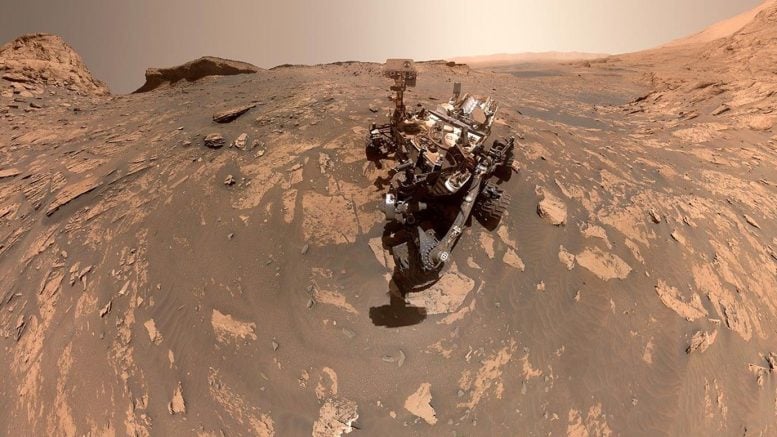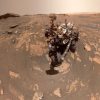Scientists have long believed that Mars once had a thick, carbon dioxide-rich atmosphere and flowing liquid water on its surface. According to that theory, the CO2 and water should have reacted with the planet’s rocks to form carbonate minerals. But until recently, surface analyses by rovers and orbital instruments using near-infrared spectroscopy hadn’t detected the expected levels of carbonate.
Mars Kept a Secret for 3.5 Billion Years – NASA’s Curiosity Rover Finally Dug It Up
Reactions
Leave a Reply to olvlabs






Coolness. Let’s send more rovers to Mars please. Also a few billionaires, one way